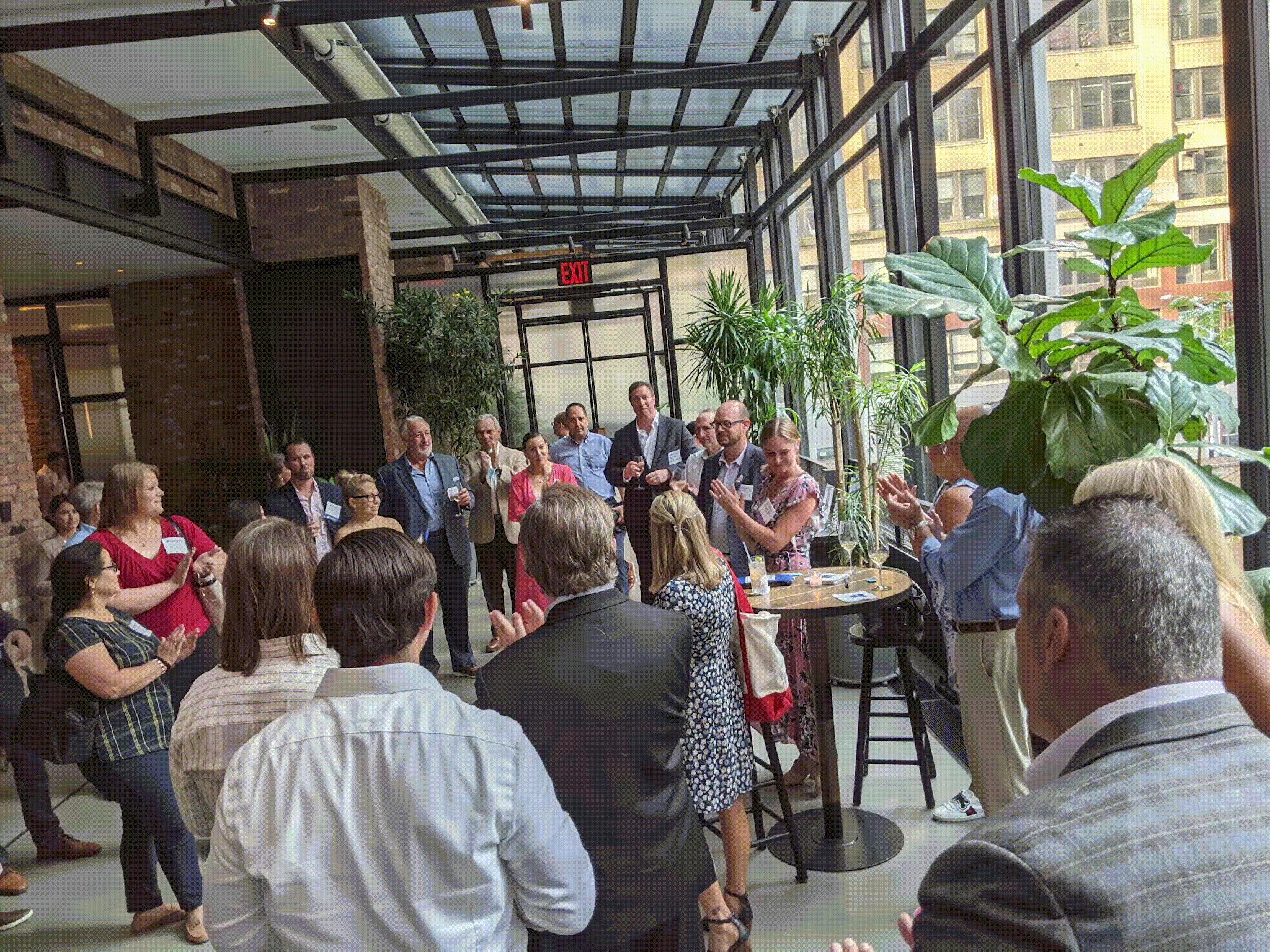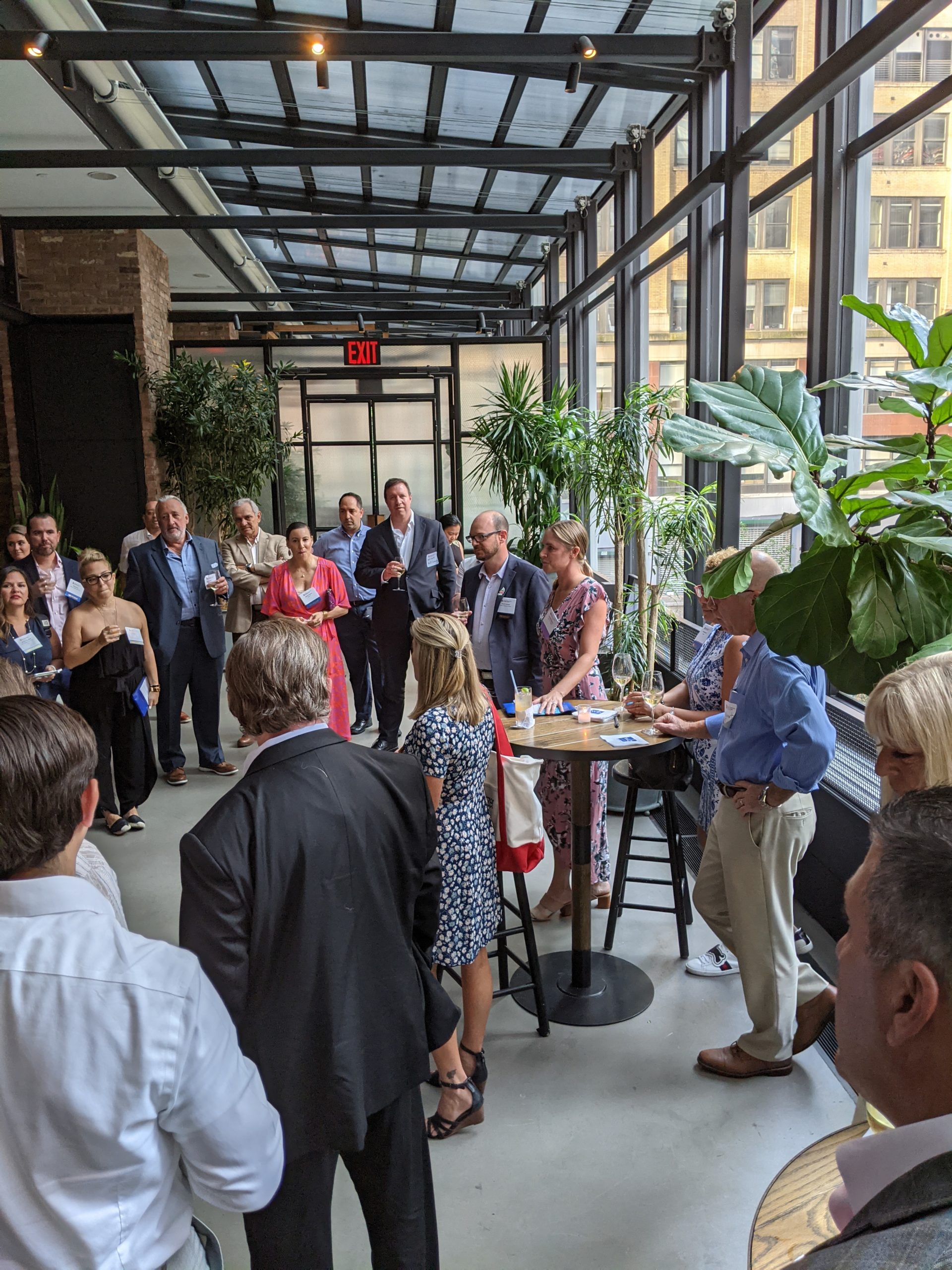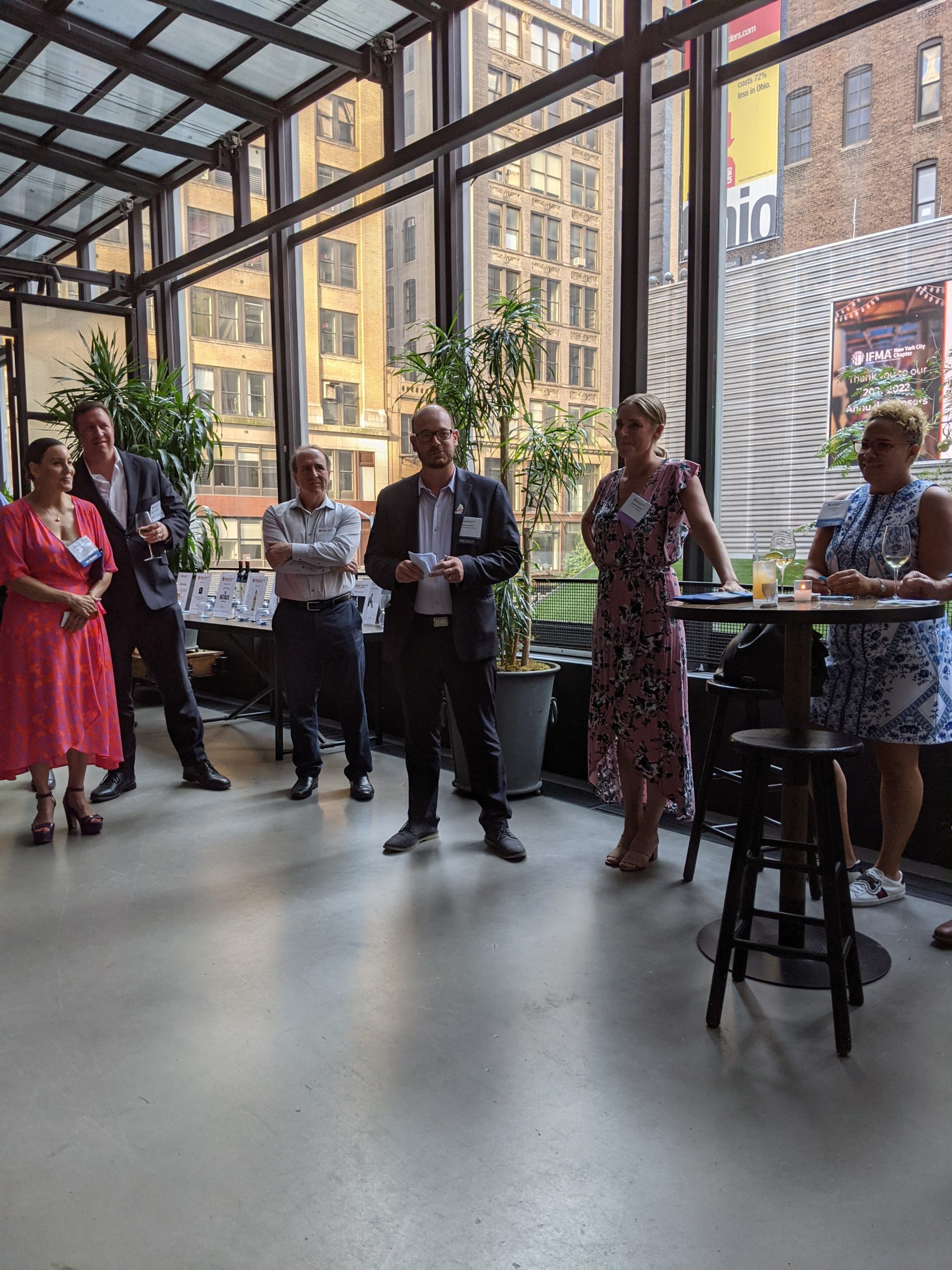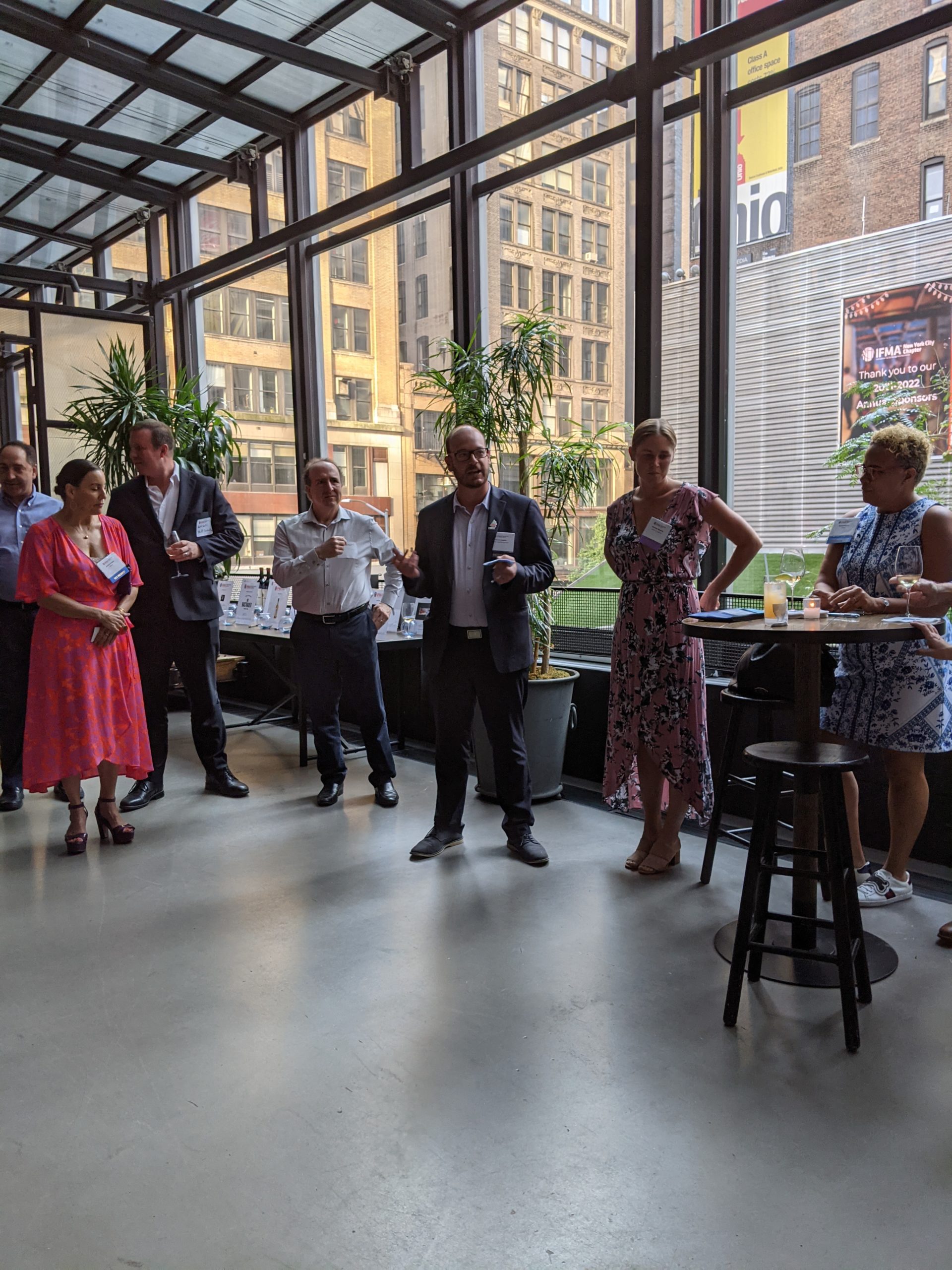IFMA Foundation Fundraiser
BAM + IFMA
Foundation Fundraiser
In his role as IFMA NYC President, Dan Castner continues the chapter’s tradition of hosting a wine tasting as a part of the annual IFMA Foundation Fundraiser. The IFMA Foundation “is dedicated to the mission of promoting education for the facility management profession around the world and making FM a Career of Choice.”
When Dan started volunteering with IFMA NYC in 2013, the wine tasting he proposed for the fundraiser quickly became a favorite event and has become a staple of each annual fundraiser. This year’s fundraiser was a wonderful time for members of the chapter to safely come together, network, and support a good cause.
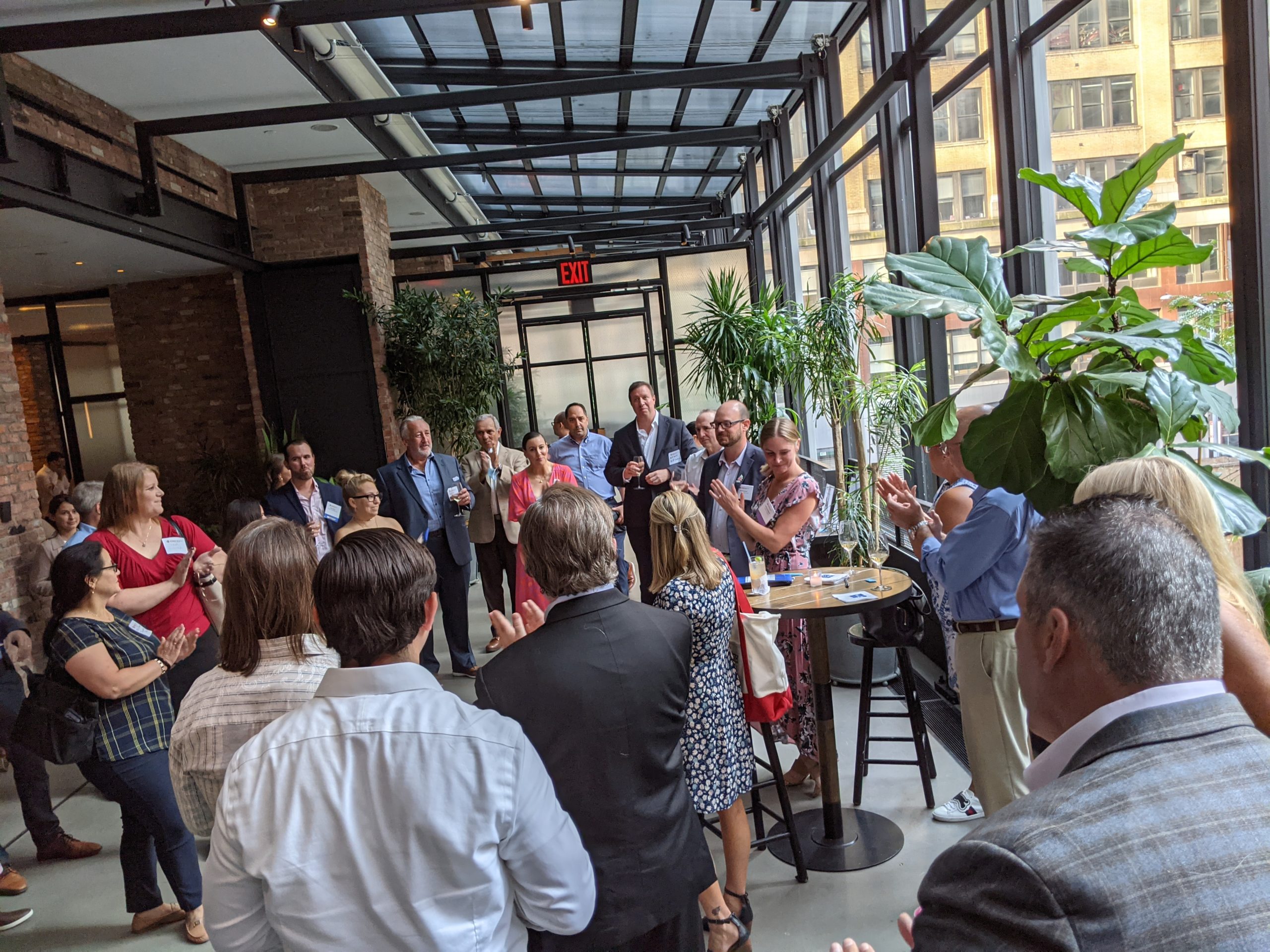
To learn more about the exciting events IFMA NYC has planned while Dan is president, visit the IFMA NYC chapter site.For more information about the IFMA Foundation, click here.
Congratulations to Dan and IFMA NYC on a successful event!

New York
30 West 24th Street
Seventh Floor
New York, NY 10010
(646) 522-5550
Los Angeles
453 South Spring Street
Suite 408
Los Angeles, CA 90013
(213) 465-4334
Email
info@bamcreative.io


